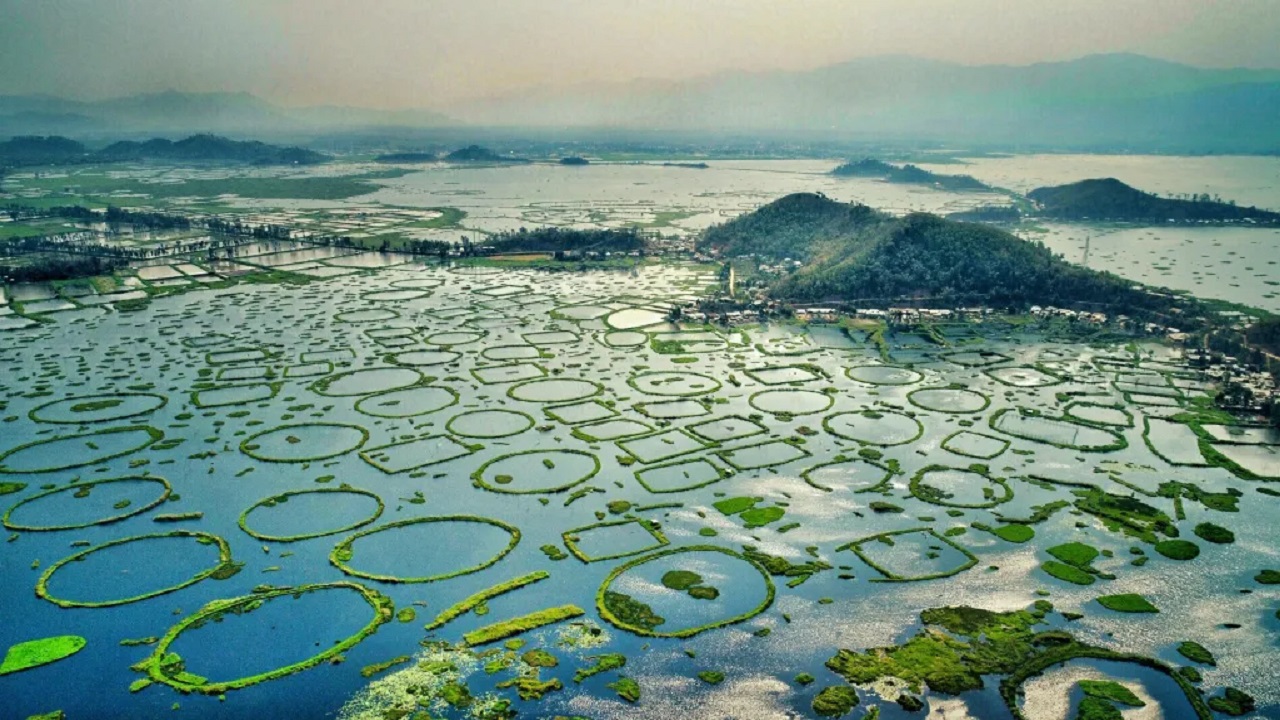89 Ramsar Sites and Counting: India’s Wetland Conservation Journey
Context
-
The Secretary General of the Ramsar Convention, Dr. Musonda Mumba, recently highlighted that India (89 Ramsar sites) now surpasses China (82) in the number of designated wetlands of international importance.
-
This development underscores India’s enhanced focus on ecological conservation, especially in the backdrop of climate change and biodiversity loss.
About Ramsar Convention
-
The Ramsar Convention is an international treaty for the conservation and wise use of wetlands.
-
It was signed in 1971 in Ramsar, Iran, and came into force in 1975.
-
The convention identifies wetlands of international importance, called Ramsar sites.
-
It is the only global treaty focusing specifically on a single ecosystem—wetlands.
Significance of Wetlands
-
Often termed as the “Kidneys of the Earth” due to their ability to purify and filter contaminated water.
-
Wetlands are among the largest carbon sinks, making them crucial in mitigating climate change.
-
They buffer floods, store water, and reduce the impact of extreme weather events.
-
Nearly 50% of all animal species depend on wetlands for habitat and reproduction.
-
Wetlands support livelihoods, food production, and employment, particularly in rural areas.
India’s Ramsar Sites
-
As of 2025, India has 89 Ramsar sites, the highest in Asia.
-
These sites represent about 8% of India’s total wetland area.
-
Wetlands in India span diverse landscapes—from high-altitude lakes to coastal mangroves.
New Ramsar Sites Added in 2025
-
Udhwa Lake – Jharkhand
-
Theerthangal – Tamil Nadu
-
Sakkarakottai – Tamil Nadu
-
Khecheopalri – Sikkim
These additions reinforce India’s efforts to include more ecologically sensitive regions under global conservation norms.
Wetland Conservation Initiatives in India
1. Wetlands of India Portal
-
Launched by MoEFCC on October 2, 2021.
-
Offers data, mapping, and updates related to wetlands across India.
2. Wetland Decadal Change Atlas
-
Prepared by SAC, Ahmedabad.
-
Tracks changes in wetlands over the past 10 years, aiding in evidence-based planning.
3. Centre for Wetland Conservation and Management (CWCM)
-
Established in 2021 under MoEFCC.
-
Aims to fill research and knowledge gaps in wetland management.
4. Wetlands Rejuvenation Program
-
Launched in 2020 by MoEFCC.
-
Focuses on reviving degraded wetlands across states.
5. Integration with Namami Gange
-
Wetland conservation is part of the Namami Gange Mission.
-
Efforts include creating health cards and management plans for wetlands in Ganga basin districts.
6. National Plan for Conservation of Aquatic Ecosystems (NPCA)
-
Formed in 2013 by merging two older programs.
-
Provides a comprehensive framework for managing lakes and wetlands.
7. Amrit Dharohar Scheme
-
Focused on sustainable utilization of wetlands while ensuring biodiversity protection and community involvement.
8. National Wildlife Action Plan (2017–2031)
-
Stresses the need for a National Wetlands Mission.
-
Highlights wetland conservation as key to protecting inland aquatic ecosystems.
Conclusion
India’s growing leadership in wetland conservation is both environmentally strategic and globally significant. By increasing the number of Ramsar sites and launching dedicated conservation programs, India is taking major steps toward climate resilience, ecological security, and sustainable development.
This topic is relevant under UPSC themes like:
-
Environment and Ecology
-
Biodiversity and Conservation
-
Climate Action and Sustainable Development Goals (SDGs)
-
Government Initiatives and Schemes




Comments (0)